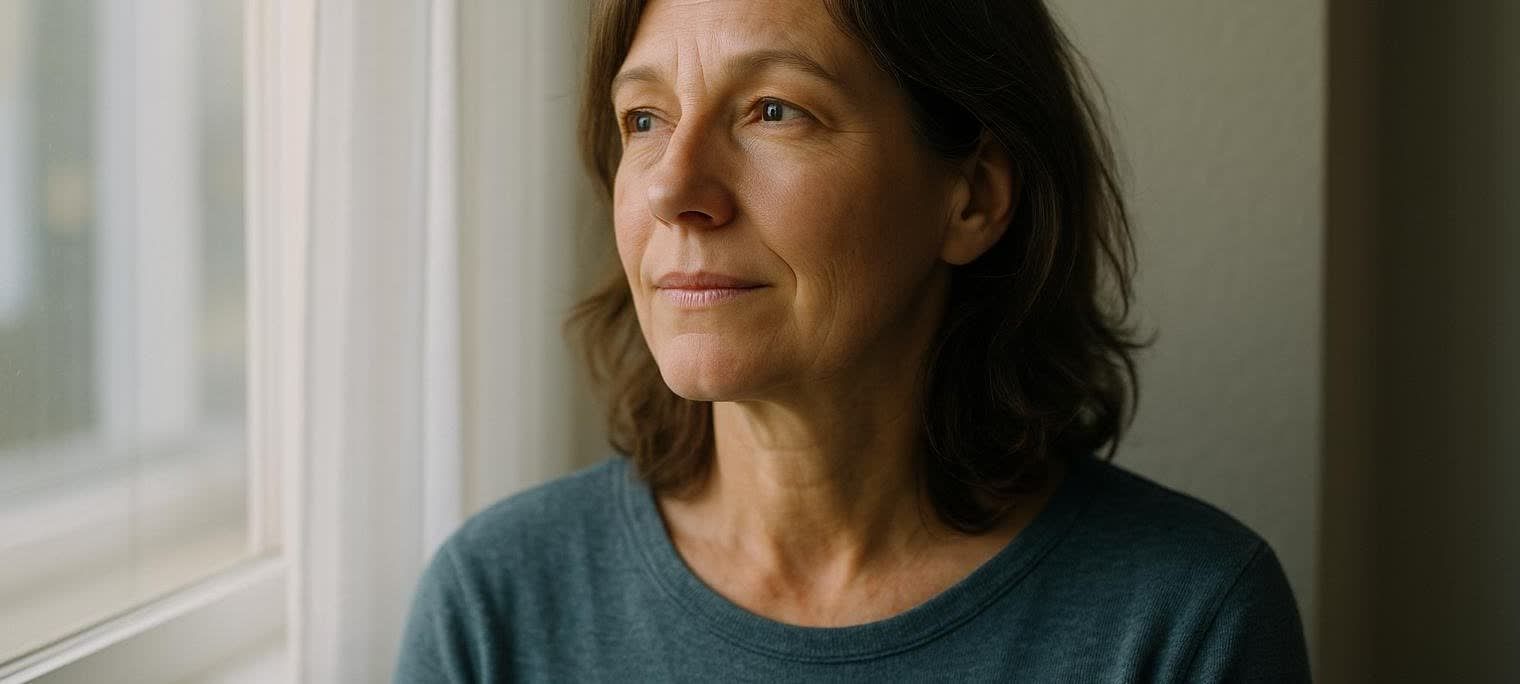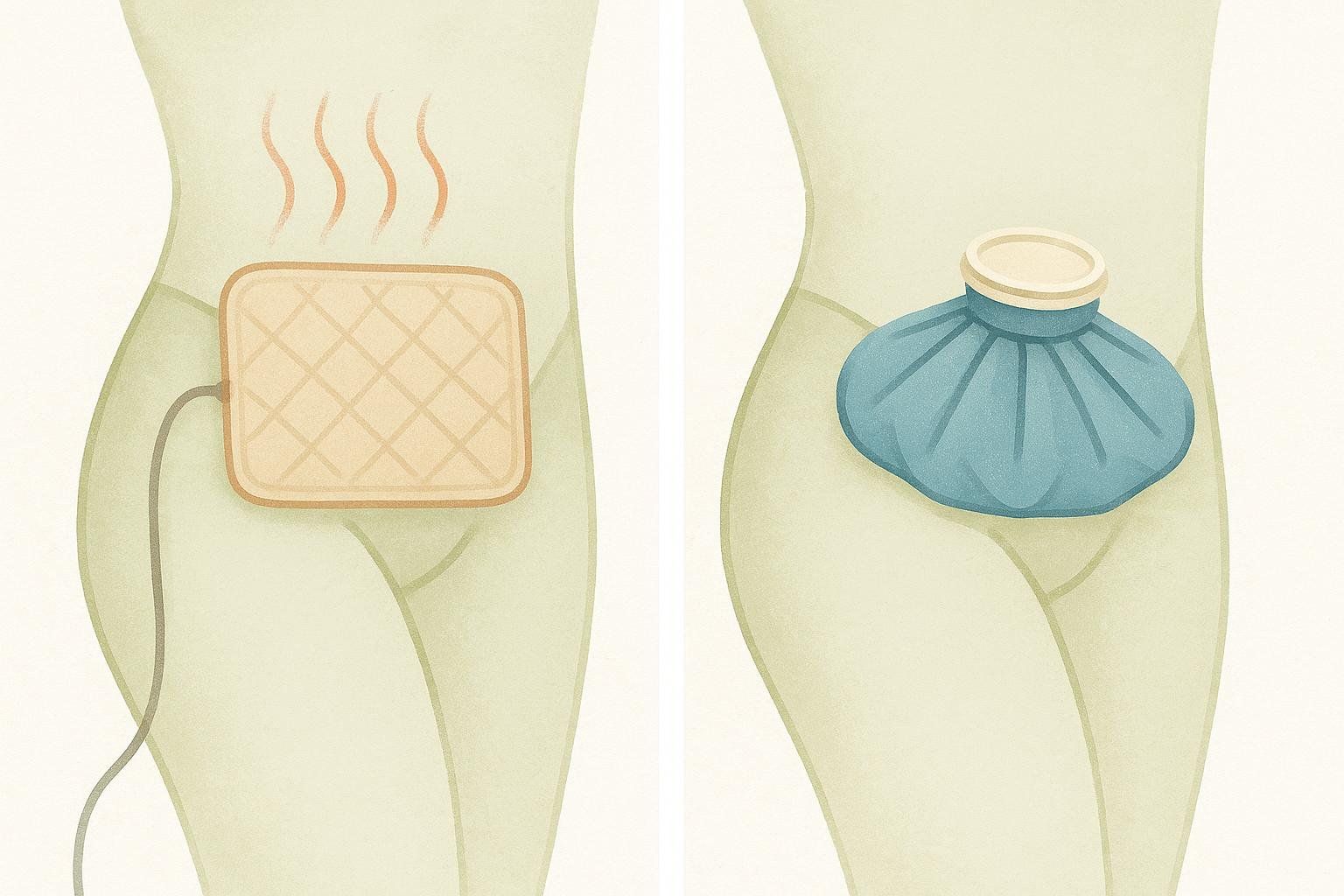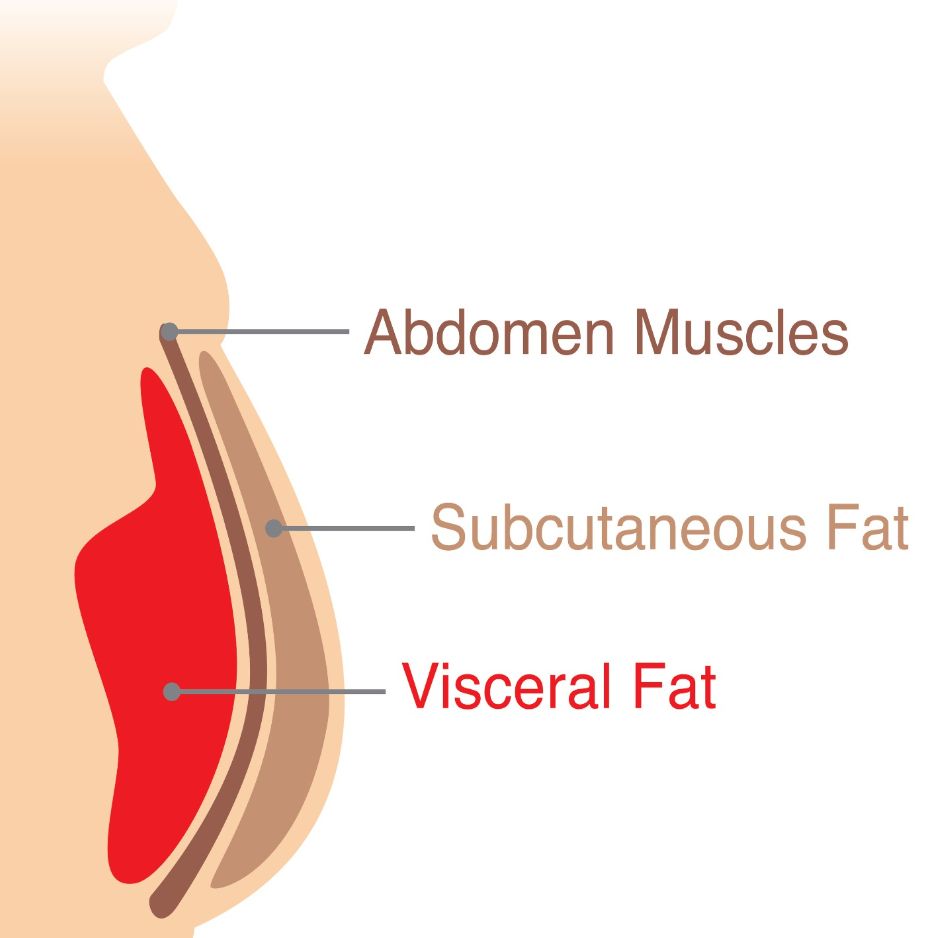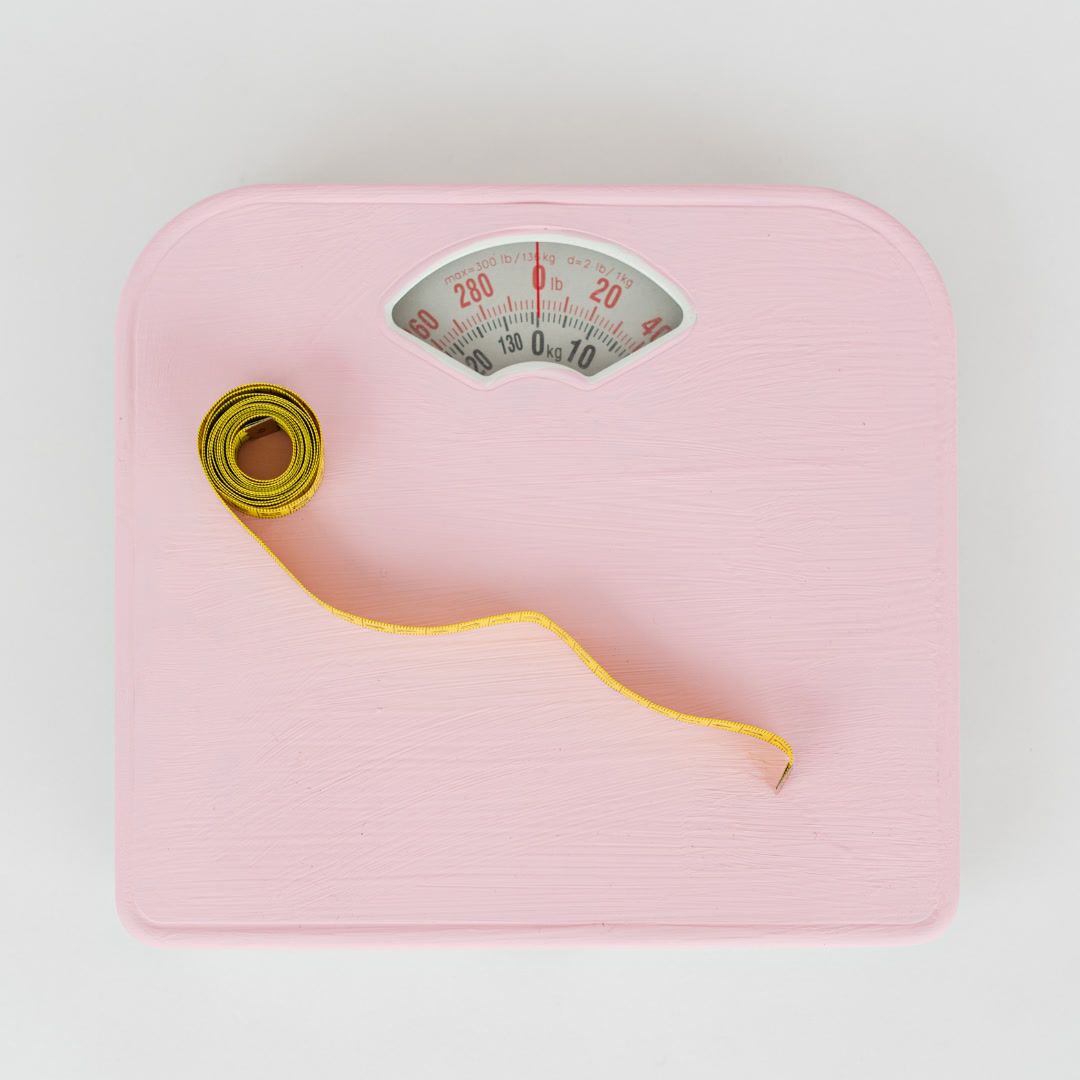Hip Pain in Menopause: Causes and Evidence-Based Relief

Hip Pain in Menopause: Causes & Evidence‑Based Relief
Short answer if you’re in pain right now: Most new, nagging hip pain during perimenopause or after menopause comes from the tendons on the outside of the hip (called the gluteal tendons). It often hurts to sleep on your side, climb stairs, or stand on one leg. The most effective relief usually comes from: 1) Reduce pressure on those tendons at night and when you sit. 2) Start gentle, progressive strengthening—not endless stretching.
For a guided exercise plan, jump to the 10‑minute routine below.
Is hip pain really more common after menopause?
Yes—lateral hip pain (outer‑hip pain) is very common in peri‑ and postmenopausal women, and the usual suspect is gluteal tendinopathy —irritation and weakening of the gluteus medius/minimus tendons on the outside of the hip. Experts at the Hospital for Special Surgery emphasize that hip muscle strength and stability are key to relief, and resources like Hinge Health echo a strength‑first approach.
Why now? Two big reasons:
- Hormone shifts: Declining estrogen may affect collagen and tendon resilience.
- Everyday habits and strength: Age‑related muscle loss and positions like leg‑crossing, “hanging on one hip,” and side‑sleeping without support can compress those tendons.
Good news: this is highly treatable with simple habit tweaks and a strength‑first plan.
Typical signs of gluteal tendinopathy:
- Tenderness over the bony point on the outside of your hip (greater trochanter)
- Worse with side‑sleeping on the painful side, climbing stairs, getting up from low chairs, or standing on one leg
- Achy pain that can radiate down the outer thigh; stiffness after sitting
Other conditions can mimic or mix with tendon pain—like bursitis, hip osteoarthritis, or low‑back–referred pain—so getting the right diagnosis matters.
What to do this week: Do’s and Don’ts to Help Calm Pain
These tweaks, which align with clinical guidance for reducing tendon compression, can help calm pain while you start strengthening.
Do:
- Sleep with a pillow between your knees/ankles to reduce tendon compression; avoid side‑sleeping without support.
- Choose chairs with normal seat height; avoid deep, low couches that make you sink and twist on the way up.
- Keep long walks on flatter surfaces for now; add hills later as symptoms calm.
- Use heat for stiffness or ice for short‑term soreness—whichever feels better to you.

Don’t:
- Sit cross‑legged or “hang on one hip” while standing—both compress the tendon.
The 10‑minute starter routine (daily)
Goal: reduce pain sensitivity and reload the tendon gradually. Move slowly and stop short of sharp pain. If exercises are easy, add light resistance over time.

- Side‑lying isometric hip abduction — 5 x 10–20‑second holds/side
- Setup: Lie on your side with hips stacked, pelvis neutral.
- Position: Keep the top leg straight and slightly behind your body line.
- Action: Lift it a few inches and hold for 10–20 seconds (no swinging).
- Feel: The side of your hip working—no pinching. Complete all holds on one side, then switch to the other.
- Standing hip abduction (band optional) — 2–3 sets of 10/side
- Setup: Stand tall holding a counter for light support.
- Action: Move one leg straight out to the side, then return slowly.
- Form: Keep your torso upright; don’t lean.
- Feel: A gentle working burn in the outer hip of the moving leg; no sharp pain or low‑back sway.
- Sit‑to‑Stand from a normal‑height chair — 2–3 sets of 8–10 reps
- Setup: Sit near the edge, feet hip‑width and flat.
- Action: Lean forward slightly, stand up with control, then sit down slowly.
- Form: Knees track over toes; avoid collapsing inward.
- Feel: Thighs and glutes doing the work; minimal pressure on the outer hip.
- Step‑ups (4–6" step) — 2 sets of 8/side
- Setup: Place your whole foot on the step.
- Action: Press through your heel to stand tall; step down with control.
- Progression: Increase step height only if pain stays ≤ 3/10.
- Feel: Glutes and quads of the stepping leg; outer hip feels engaged but not pinched.
- Supported single‑leg balance — 3 holds of 20–30 seconds/side
- Setup: Stand near a counter with light fingertip support.
- Action: Lift one foot and hold.
- Form: Keep hips level; soft knee on the stance leg.
- Feel: Gentle work on the outside of the standing hip and foot/ankle; no gripping in the low back.
Why this works: tendons improve with progressive loading, not bed rest—as described in guidance from the Cleveland Clinic.
Other causes of hip pain in menopause—what else to consider
Menopause‑related changes can also contribute to or occur alongside:
- Hip bursitis (inflamed fluid‑filled sac)
- Hip osteoarthritis (cartilage wear with stiffness)
- Lower‑back–referred pain
- Osteoporosis‑related pain or fractures, where low bone density can contribute to pain or increase fracture risk; risk can be mitigated with strength training for bone density.
A clinician can differentiate between these conditions through a physical exam, a discussion of your symptoms, and, if needed, imaging.
The Role of Hormones in Menopausal Hip Pain
Estrogen influences connective tissues, including tendons. Research suggests estrogen helps maintain collagen in connective tissues, which gives tendons their strength and spring. As levels decline in menopause, collagen turnover may shift, tissues can become less tolerant of stress, and the hip’s stabilizing muscles need targeted strengthening to pick up the slack. Movement is the first‑line treatment; some women also discuss menopausal hormone therapy (MHT) with their clinicians for broader symptom relief.
How a DEXA scan can help your plan
A whole‑body DEXA scan provides objective measures of body composition (fat, lean mass, and visceral fat estimates) and a whole‑body view of bone mineral density. These data points can help you and your clinician tailor a plan to address hip pain:

- Bone health: If your whole‑body bone density trends lower than expected, share your BodySpec report with your clinician; they may order a diagnostic hip/spine DEXA to assess fracture risk. Learn more about DEXA’s benefits for bone and body composition and when to get a bone density test.
- Muscle balance: Stronger glutes/hip stabilizers protect tendons. DEXA’s leg‑by‑leg lean‑mass data helps identify asymmetries and track whether strength work is building muscle where it’s needed most.
Important note:
- BodySpec provides non‑diagnostic wellness DEXA scans.
- These scans are great for tracking body composition and whole‑body bone trends.
- They do not diagnose osteoporosis or other conditions.
- For medical diagnosis or treatment decisions, share your results with your clinician and ask whether a diagnostic central DEXA of the hip and spine is appropriate.
Objective, trackable numbers can make your conversations with your clinician more productive and help guide next steps.
Ready to get objective data you can act on? Book in minutes.
When to see a clinician or physical therapist
Seek care if you have any of the following:
- Pain that interferes with sleep or daily life for >2–3 weeks despite the steps above
- Trouble bearing weight, sudden severe pain after a twist/fall, numbness/tingling down the leg
- Fever, unexplained weight loss, or history of cancer
- You’re unsure whether your pain is from the hip, back, or pelvis
A clinician can confirm the diagnosis, prescribe a targeted physical therapy plan, and consider options like short‑term medications or, in select cases, injections or other modalities to help you progress in rehab.
FAQs
-
Why does side‑sleeping hurt my hip now?
With gluteal tendinopathy, the tendon is already sensitive. Side‑lying directly compresses this tendon against the hip bone. A firm pillow between your knees and ankles helps align the hips and relieve that pressure. -
Should I rest completely?
Full rest often stalls recovery. Tendons improve with progressive loading under guidance; many people see meaningful improvement over ~eight weeks of a guided exercise program. -
What about stretches?
Gentle mobility is valuable, but for the most common cause—gluteal tendinopathy—strengthening tends to be the priority. If osteoarthritis or other conditions are contributing, a balanced mix of mobility and strengthening can help. Be cautious with deep stretches that pull your knee across your chest, as these can compress the tendon and worsen pain (see the HSS guidance). -
Should I consider hormone therapy?
Because estrogen affects tendon and joint tissues, some women find that MHT helps their overall menopausal symptoms while they follow a movement‑based plan. It’s a personal, medical decision—talk with your clinician to see if it’s appropriate for you. -
Can cold or heat help?
For tendons, gentle heat before activity can ease stiffness and make movement more comfortable. During a flare‑up or after heavier activity, a brief 10–15 minute ice session can take the edge off soreness. Both are short‑term comfort tools—progressive strengthening is what drives recovery.

Related BodySpec resources
- Fall Prevention Exercises to Improve Balance & Strength
- Visceral Fat & Menopause: Why It Rises & How to Lose It
- Pelvic Floor Therapy: Who It Helps and What to Expect
- Strength Training for Bone Density: Preventing Osteoporosis Through Exercise
Disclaimer: This article is educational and not a substitute for personalized medical care. Always consult your clinician before starting a new exercise program or if you have concerning symptoms.


